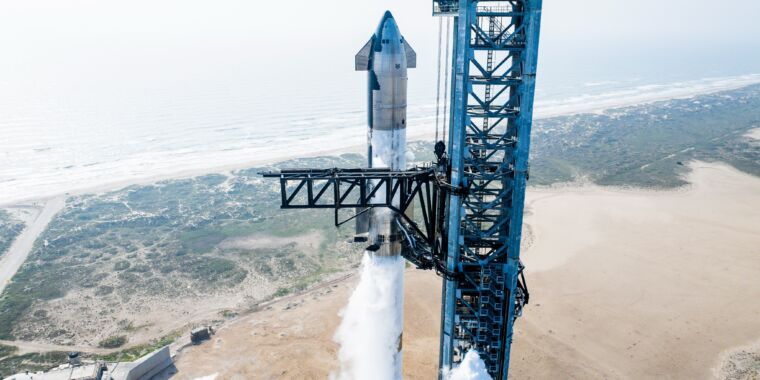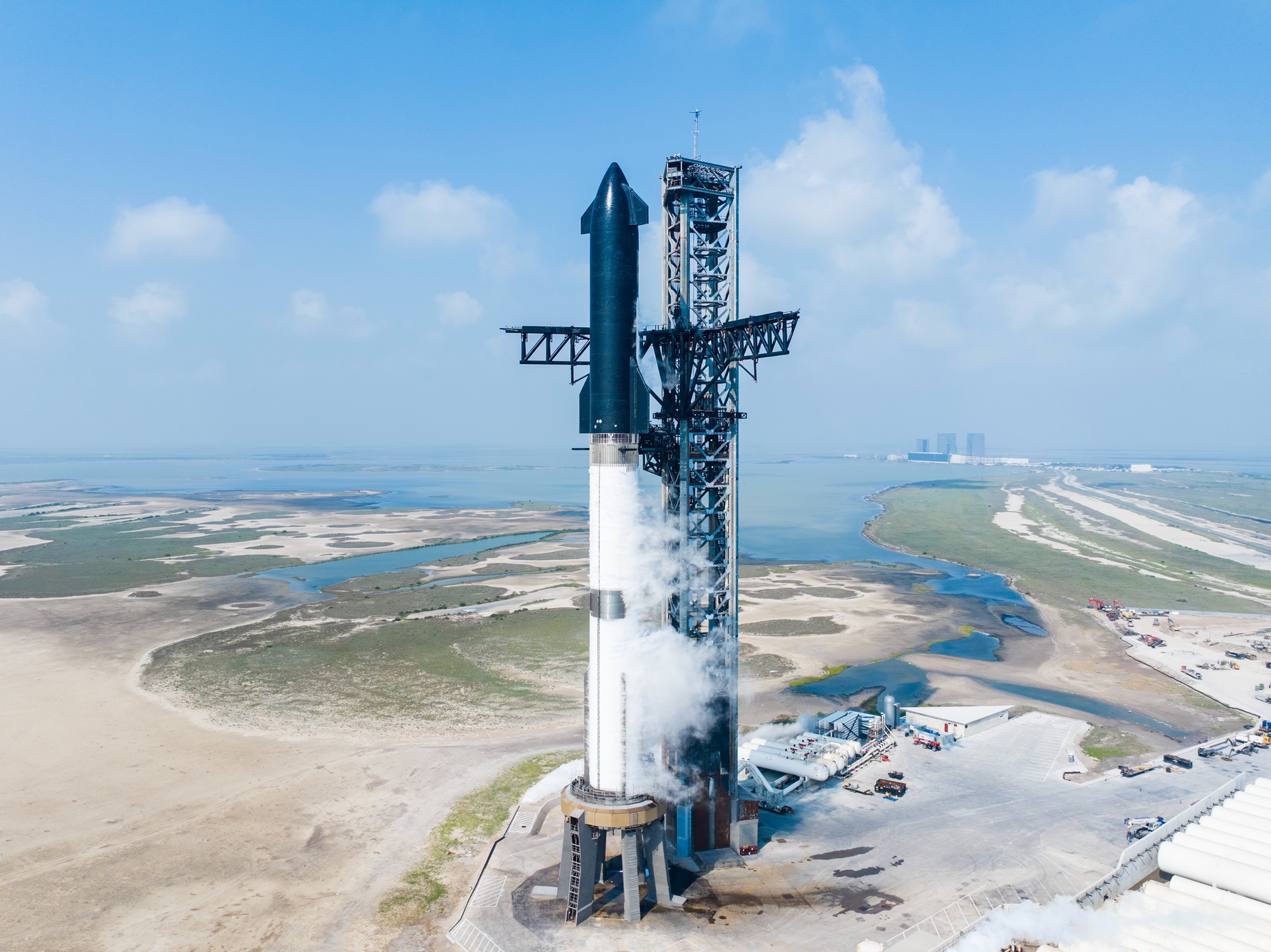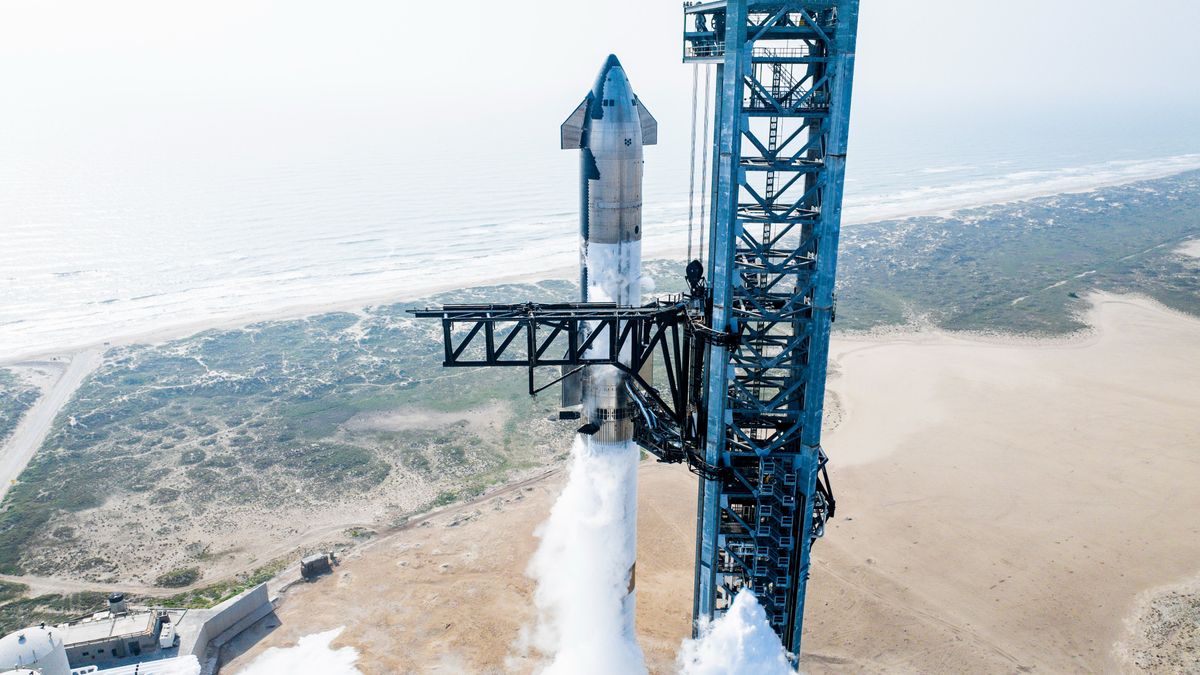
SpaceX, the aerospace manufacturer and space transportation services company founded by Elon Musk, has announced that it is targeting June 5 for the next test flight of its Starship megarocket. The primary objectives of this launch will be executing a landing burn and soft splashdown in the Gulf of Mexico with the Super Heavy booster, and achieving a controlled entry of Starship. This comes after the third integrated test flight, which reached orbital velocity but both stages broke apart upon reentry to Earth's atmosphere due to filter blockages that affected the flow of liquid oxygen to the engines.
To address this issue, SpaceX has implemented hardware changes and will make additional modifications to Starship and Super Heavy for future flights. The company plans to improve propellant filtration capabilities and add additional hardware inside oxygen tanks for better filtration.
The fourth test flight is a significant step forward in SpaceX's mission to develop a fully reusable rocket system, which is crucial for NASA's plans to land astronauts on the Moon later this decade and Musk's hopes of eventually colonizing Mars. The launch window from Starbase in South Texas opens as early as 8 a.m. EDT (1200 GMT; 7 a.m. local Texas time), pending regulatory approval.
The focus of this test flight is on demonstrating the ability to return and reuse both the Starship and Super Heavy components, which will be essential for future missions to orbit, the Moon, Mars, and beyond.
SpaceX's rapid trial-and-error approach to development has paid off in the past with its Falcon 9 rockets becoming workhorses for NASA and the commercial sector. The Dragon capsule sends astronauts and cargo to the International Space Station, while Starlink internet satellite constellation now covers dozens of countries.
However, time is running out for SpaceX to be ready for NASA's planned return of astronauts to the Moon in 2026 using a modified Starship as the lander vehicle.



